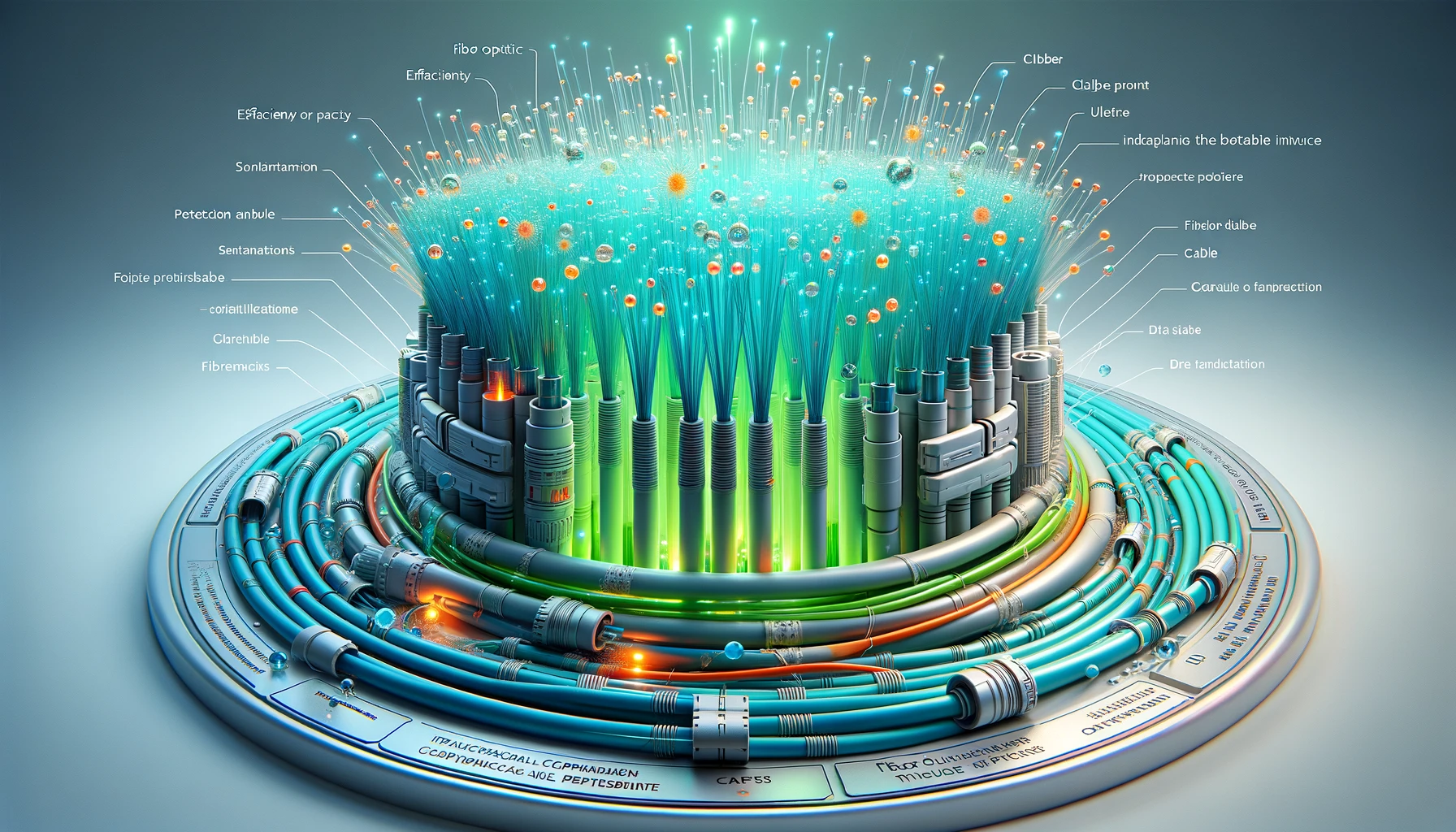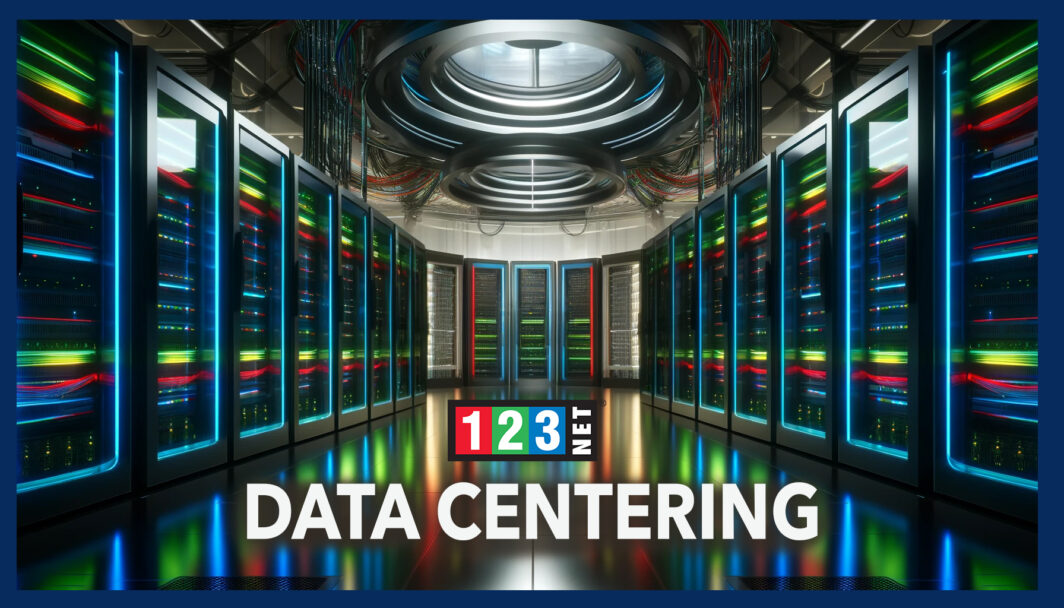
Introduction
Data centers are the backbone of the modern digital landscape, serving as the central point for storing, processing, and disseminating vast data. In our increasingly interconnected world, the role of data centers has evolved from simple storage facilities to complex hubs that support cloud storage, server management, and network security. These centers are not just physical locations but are pivotal in driving the virtualization technologies that shape our digital experiences. As we delve into the world of data centers, it’s crucial to understand their importance, not just in terms of data handling but also in their impact on energy consumption, cooling solutions, and the scalability required to meet growing digital demands. This guide offers a comprehensive look at data centering, from its core components and management to the challenges and innovations shaping its future.
Understanding Data Centers
Definition and Purpose of Data Centers
Data centers are physical or virtual infrastructures used by organizations to house their critical applications and data. They are designed to provide a secure, scalable, and reliable data storage, management, and dissemination environment. At the heart of the infrastructure are servers that process and store information, network systems that connect data and users, and storage systems like cloud storage, which provide scalable and flexible data accessibility.
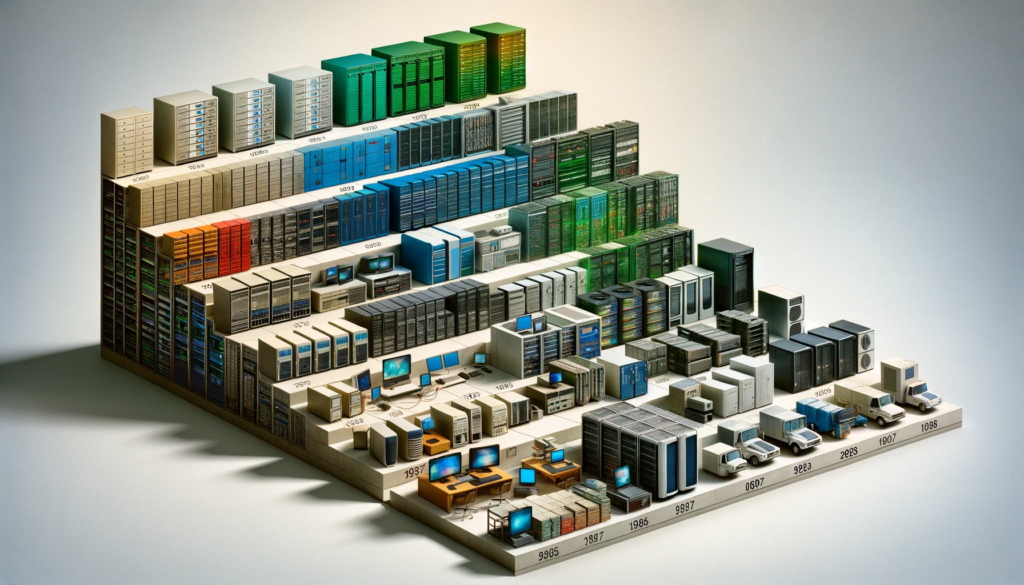
Evolution of Data Centers Over Time
Significant milestones mark the evolution of data centers. Initially, data centers were large rooms housing massive, centralized mainframe computers. With the advent of client-server architecture, these evolved into smaller, distributed rooms with multiple servers. The introduction of the Internet and cloud computing revolutionized colocation, leading to the development of virtualization technologies and scalable cloud storage solutions. Today’s data centers are more than just storage facilities; they are complex ecosystems supporting vast, interconnected networks with advanced server management and data redundancy measures.
Key Components of Data Centers
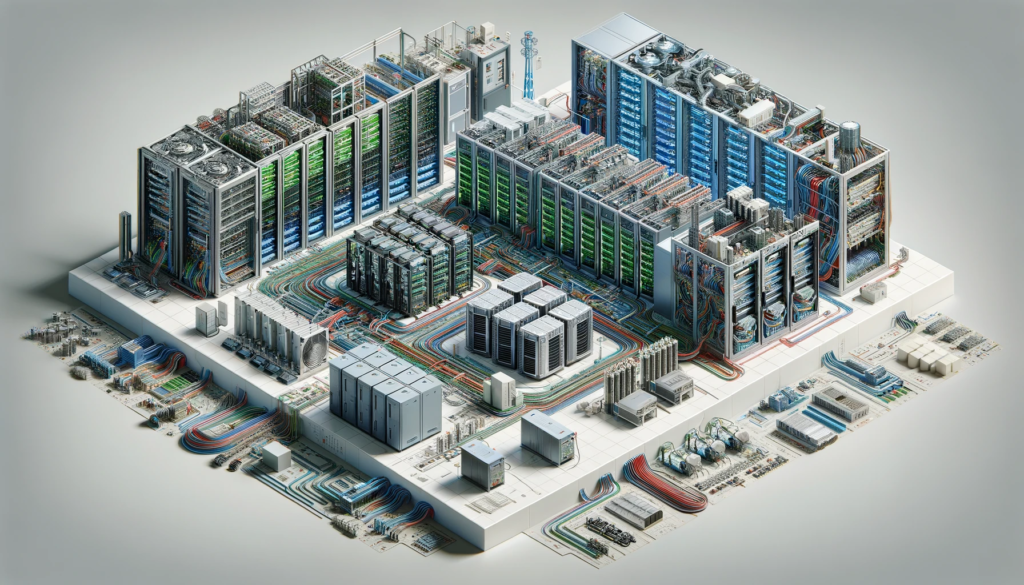
Physical Infrastructure
The physical infrastructure includes the building, power supplies, backup generators, and cooling systems. Cooling solutions maintain optimal operating temperatures and ensure equipment longevity.
Network Architecture
Colocation facilities employ complex network architectures, integrating hardware and software resources to ensure efficient data flow. Network security is paramount, involving firewalls, intrusion detection systems, and robust protocols to safeguard against breaches.
Power and Cooling Systems
Power systems are designed for reliability, including redundancy and uninterruptible power supplies. Energy consumption is a growing concern, driving innovations in green energy and efficient cooling solutions.
Data Center Management
Role of Data Center Managers
Data center managers oversee the day-to-day operations, ensuring the availability, reliability, and security of data and infrastructure. They are critical in server management, monitoring system performance, and ensuring data integrity.
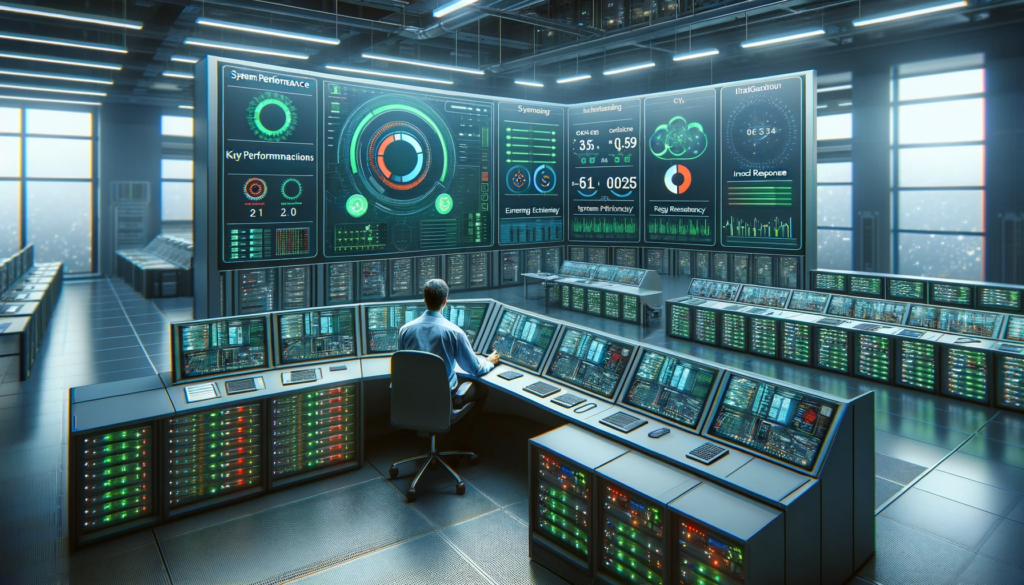
Key Performance Indicators (KPIs)
Effective management relies on KPIs such as uptime, energy efficiency, system performance, and incident response times. These metrics help assess the effectiveness of operations and guide strategic improvements.
Challenges in Data Centering
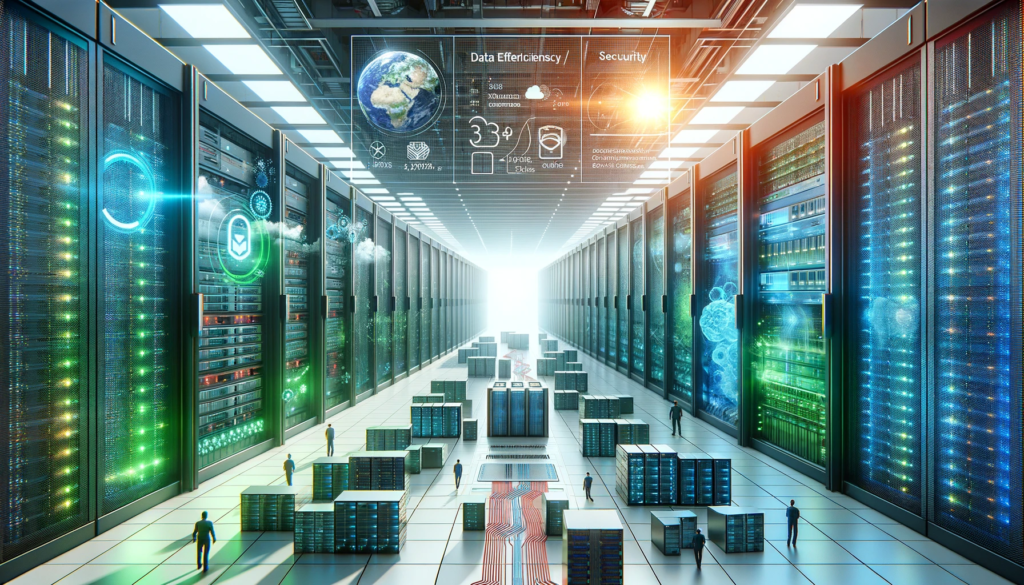
Energy Efficiency and Sustainability
One of the primary challenges in data centering is managing energy consumption. Data centers consume significant energy, and finding sustainable, cost-effective solutions is vital for long-term operations.
Managing Growing Data Volumes
As data volumes grow exponentially, scalability in data centers becomes a challenge. Colocation facilities must evolve to handle increased loads without compromising performance or security.
Security Concerns
Colocations are prime targets for cyber attacks. Ensuring robust network security and implementing comprehensive disaster recovery planning are essential to protect data and maintain business continuity.
Trends and Innovations in Data Centering
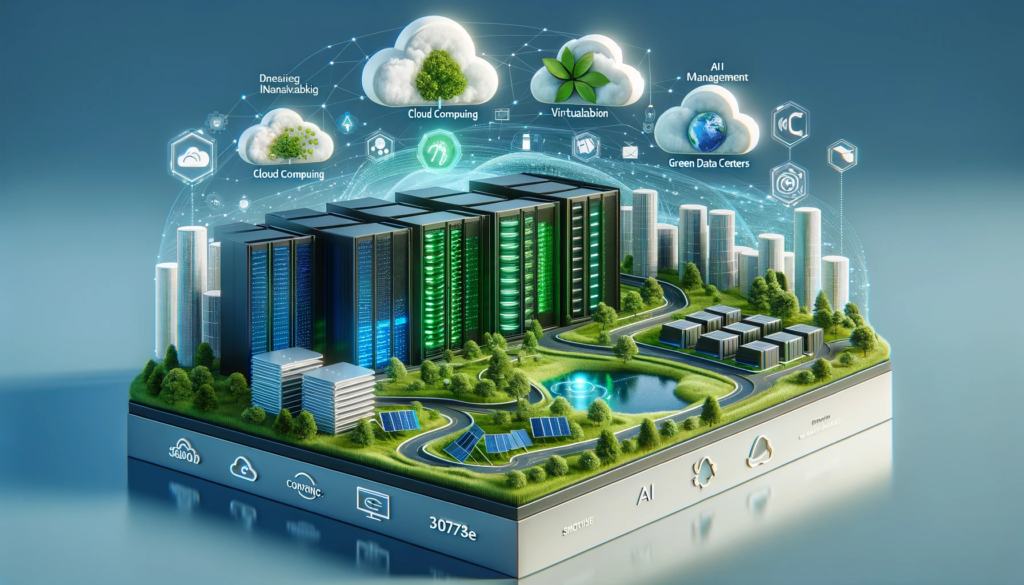
Cloud Computing and Virtualization
Cloud computing and virtualization technologies have transformed operations. They offer scalability, flexibility, and cost-efficiency, enabling businesses to adapt quickly to changing demands.
Green Facilities
The trend towards green focuses on reducing environmental impact. Innovations in energy-efficient designs and renewable energy sources are key to sustainable operations.
AI and Machine Learning
AI and machine learning are increasingly used in management for predictive maintenance, workload optimization, and enhancing security protocols.
Data Centering Best Practices
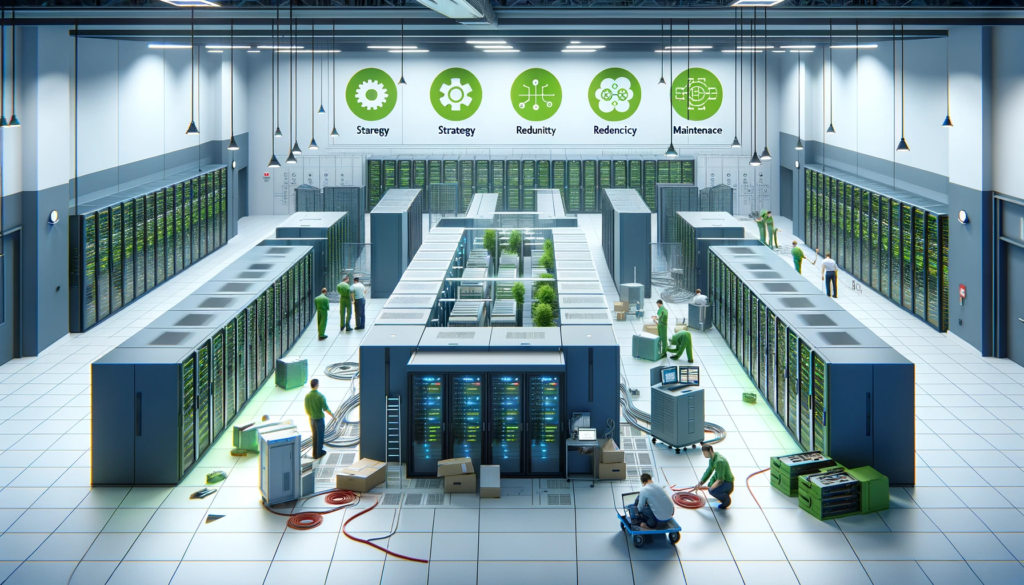
Strategic Planning and Resource Allocation
Effective management requires strategic planning and prudent resource allocation. This involves understanding current and future needs, investing in scalable infrastructure, and ensuring efficient use of resources.
Implementing Redundancy and Failover Mechanisms
Data redundancy and robust failover mechanisms are essential for data protection and availability. This includes redundant power supplies, network connections, and storage systems.
Regular Monitoring and Maintenance
Regular monitoring and maintenance are critical to prevent downtime and ensure the longevity of components. This includes periodic audits, performance monitoring, and timely upgrades.
FAQs

What is data centering?
Data centering involves managing the infrastructure and operations, encompassing aspects like server management, network security, and storage.
How do data centers impact business operations?
Data centers are vital for business operations, providing data storage, management, and distribution infrastructure. They support business continuity, scalability, and security.
What are the latest trends in data center technology?
Current trends include adopting cloud computing, green energy solutions, and integrating AI for enhanced facility management.
Conclusion
In conclusion, data centering plays a crucial role in the digital age, supporting the vast needs of modern businesses. Colocation is at the forefront of technological evolution, from managing complex infrastructures and ensuring robust security to adopting sustainable practices and innovative technologies. The future looks towards more efficient, secure, and environmentally friendly solutions, underlining its ongoing significance in our increasingly digital world.


